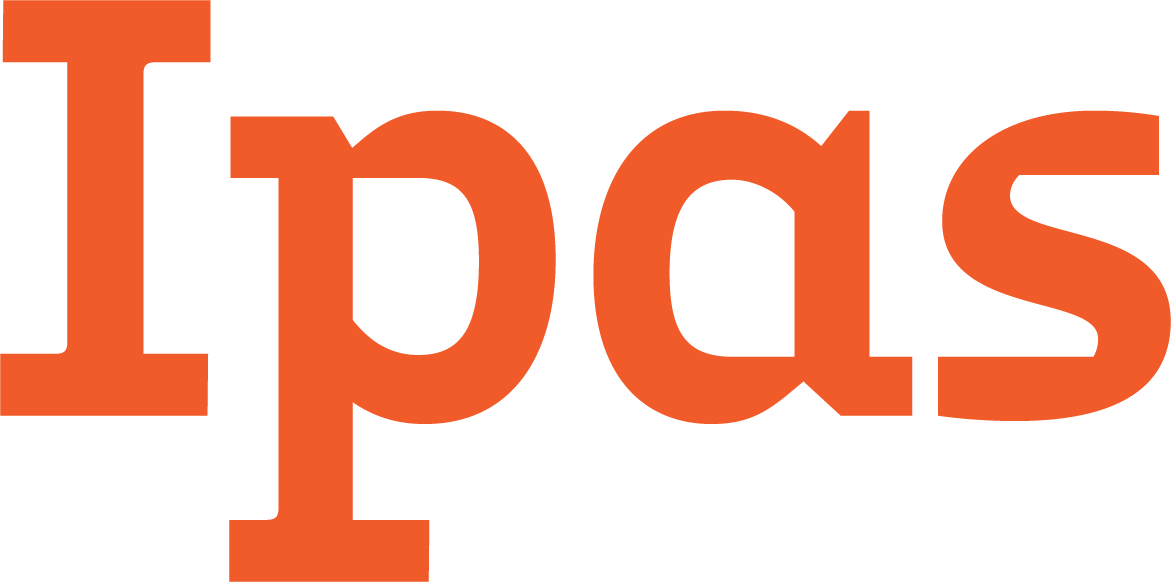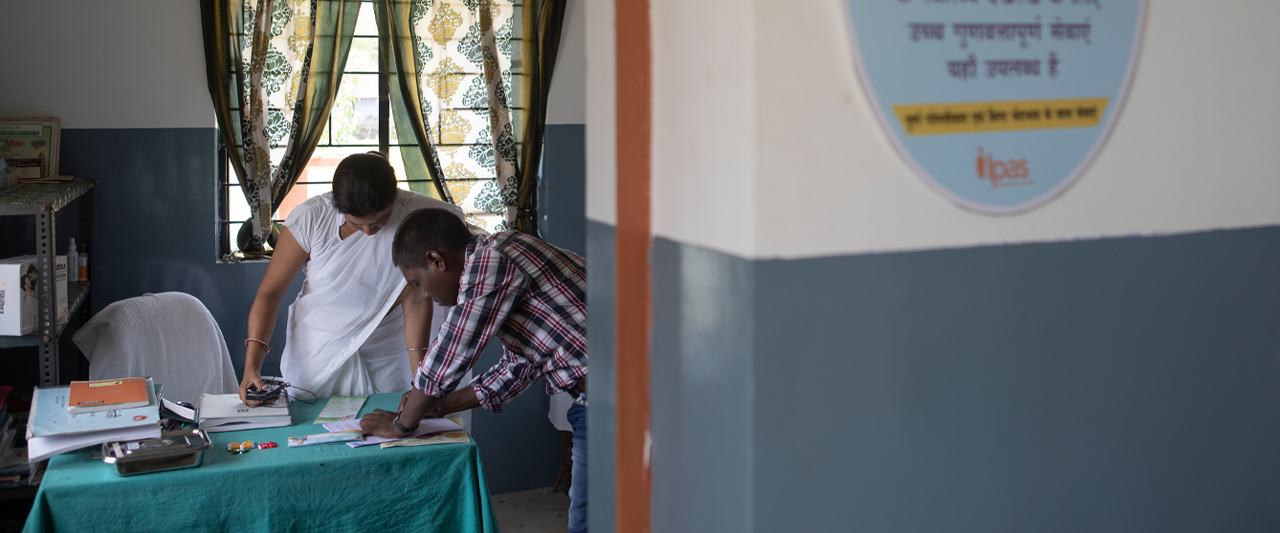How task-sharing increases abortion access for women and girls
Pictured above: Deepika Boipay is a nurse midwife at Pompara Health Center, Uttar Pradesh, India.
People around the world experience barriers when trying to access abortion care: stigma, cost, limited knowledge or a lack of providers. These barriers can force them to have unsafe abortions, which can result in injury or even death.
One way to increase access to safe services? By increasing the number of trained abortion providers. “For the past couple decades, the world has been facing a crisis in the availability of trained health-care providers, which has directly affected access to health-care services, especially in low- and middle-income countries,” says Ipas Senior Technical Advisor Amy Coughlin. “Governments have worked to increase the number of midlevel providers—including nurses and midwives—and to expand their service delivery roles. And Ipas has built on these efforts to expand access to abortion care in places where midlevel providers are sometimes the only providers.”
Increasing the provider base through ‘task-sharing’—in which tasks, such as abortion provision, are redistributed among health workers—can help mitigate the harm caused by a lack of providers. The World Health Organization has found that a wide range of health-care professionals can be trained to provide safe abortion services. Yet restrictive or outdated laws often limit who can legally provide care.
Task-sharing can also include the patients themselves, as more women and girls are choosing to self-manage their abortions. “It’s is no longer just about shifting health services between different cadres of health-care providers,” says Ipas Senior Technical Manager Tanvi Monga. Monga notes that there is increasing evidence and support for people to manage many of their own health-care needs—including contraception, HIV testing, and self-managed abortion.
Below, read three perspectives on task-sharing in Ghana, India and the United States.
Connie Abire, Midwife, Ghana
Connie Abire was working alone in a rural health facility when a young girl was rushed in on a motorbike. The girl was bleeding profusely and semiconscious after having had an unsafe abortion. Though Abire had previously assisted a midwife with performing abortion care, she held reservations because of her religious beliefs. But when the girl came in, “I found myself providing abortion care. What if I didn’t do it? The next point of referral was a 45-minute drive away, and there was no vehicle available,” she says. “I was relieved because I saved a life.”
Abire, who was subsequently trained by Ipas in 2014, believes that midlevel providers should be able to provide abortion care to make it more accessible for all, and to help lessen the financial barrier for patients. Providing care makes her feel like “a complete advocate for women and girls, plus a holistic service provider,” because she provides in-depth counseling as well as services.
Her advice to health workers wanting to learn how to provide abortion and family planning services? “They should serve every girl and woman seeking services with dignity, like they would want to be served, because it could be anyone dear to you—or me, or yourself—needing these services. Saving lives should be their top priority.”
Vinoj Manning, Chief Executive Officer of Ipas Development Foundation (IDF), India
In India, approximately 15.6 million abortions occur each year. But there are only about 130,000 abortion providers—90,000 general practitioners and 40,000 OB-GYNs.
“It’s just not enough,” says Vinoj Manning, Chief Executive Officer of Ipas Development Foundation (IDF), Ipas’s partner organization in India. OB-GYNs and general practitioners make up only 5% of the total number of potential providers (as determined by the World Health Organization guidelines). Plus, they are mostly posted in urban centers, leaving women in rural areas with limited access.
IDF has been working with the Indian government for the past 10 years, advocating for the amendment of India’s abortion law—adopted in 1971—to include midlevel providers like nurses and midwives. “In 50 years,” says Manning, “the technology has grown a lot. But the training requirements, set by the law, have remained constant. The law doesn’t get changed too often.”
While IDF has encountered challenges to revising the law, Manning hopes that it will be possible to change the training for medical abortion (or abortion with pills) for general practitioners, to allow for more providers to be trained more quickly. His long-term hope is that “eligible providers, as per the World Health Organization guidance, will be allowed to provide services.”
Stephanie Bussmann, Certified Nurse Midwife, United States
Stephanie Bussmann, a certified nurse midwife in the United States, believes that “access is huge in terms of reproductive freedom. In many places in the world, including the U.S., there are not enough physicians providing abortion care.” This places an undue burden on women—to travel, to access funds, and to arrange time off from work and possibly childcare—which can add unnecessary delays, like “increasing the cost and potential risk of complication associated with abortion at later gestational ages.”
When Bussmann was a women’s health program manager at a health center that received 95% of its funding from federal programs, she faced challenges related to navigating the Hyde amendment and Title X funding. Bussmann was able to refer her patients—many of whom were new immigrants—to community partners who provided abortions, but often they were unwilling to travel due to language barriers, cost, or fears related to immigration status. “The patients expressed again and again how they would have preferred to have all of their care at the community health center” where she worked, adding that it made her feel “incredibly frustrated with the health-care delivery system” that these patients couldn’t access care where they were comfortable.
Bussmann has been an abortion provider in New York and California, two states that do not have “physician only” restrictions, meaning providers other than doctors—like nurse midwives—are able to provide some abortion care. She recently moved to North Carolina—a “physician only” state—where she is considering how she will continue to provide full-scope care. She believes that health policy in every U.S. state needs to focus on the expansion of midlevel providers’ scope of practice. These providers not only have the necessary skills; they often have established relationships within a community, “sometimes providing reproductive and obstetric care to several generations of women from the same family,” says Bussmann.
For more information, contact [email protected].


